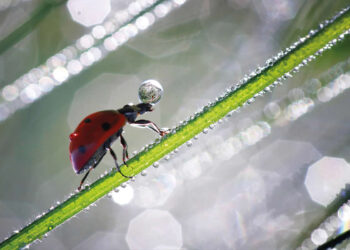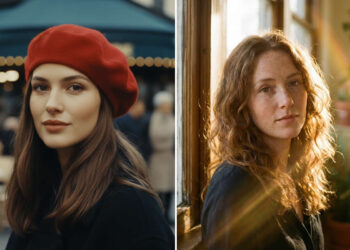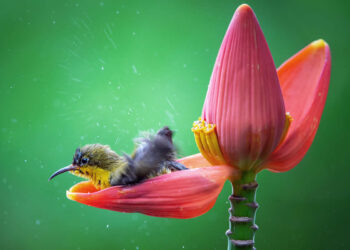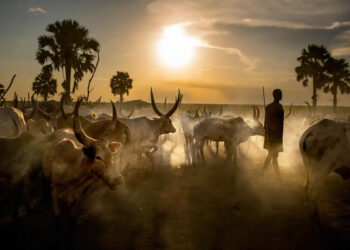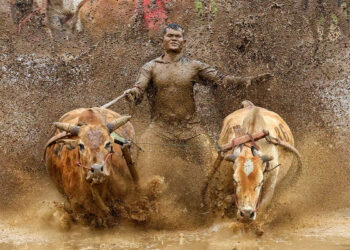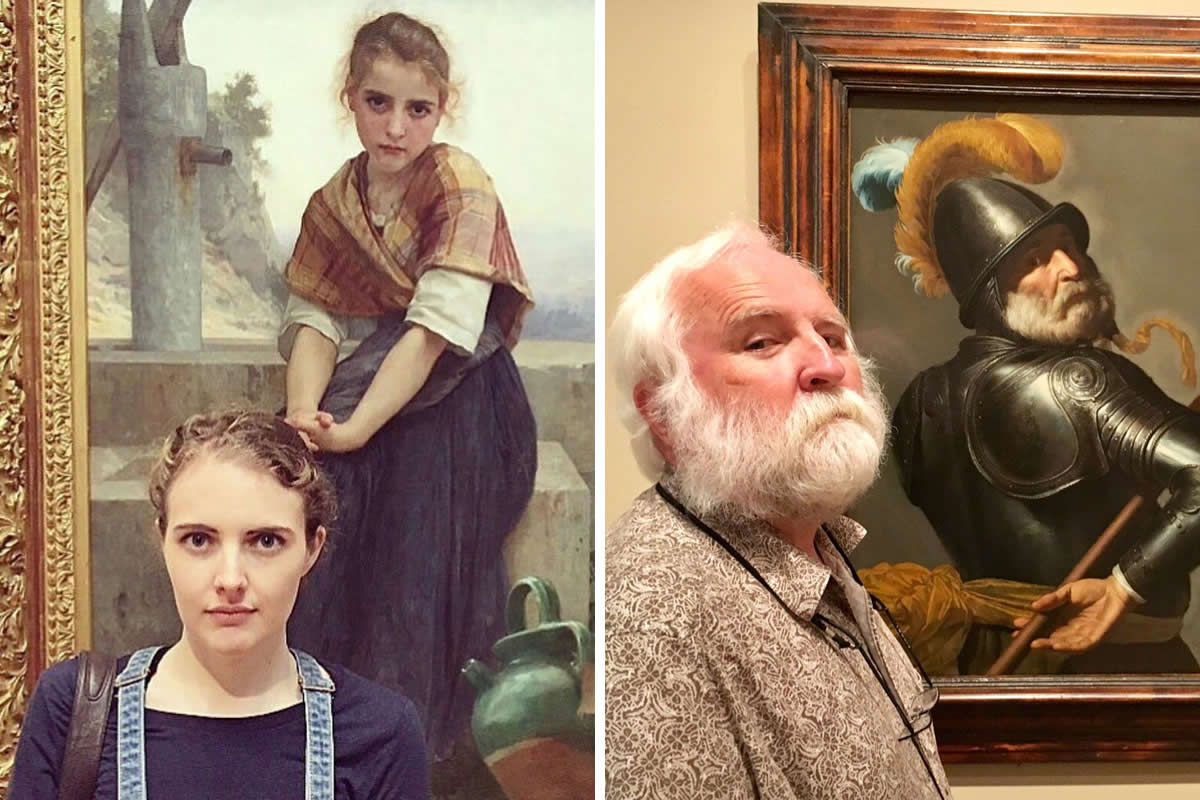Japan’s rich cultural tapestry, blending ancient traditions with rapid modernization, has long fascinated artists around the world. Among these artists, Japanese documentary photographers stand out for their ability to capture not only the visual beauty of their surroundings but also the profound stories and social realities embedded within everyday life. Documentary photography in Japan offers a unique lens on the country’s evolving identity—exploring themes ranging from post-war recovery and social marginalization to fleeting moments of urban solitude and the subtle rituals that shape daily existence.
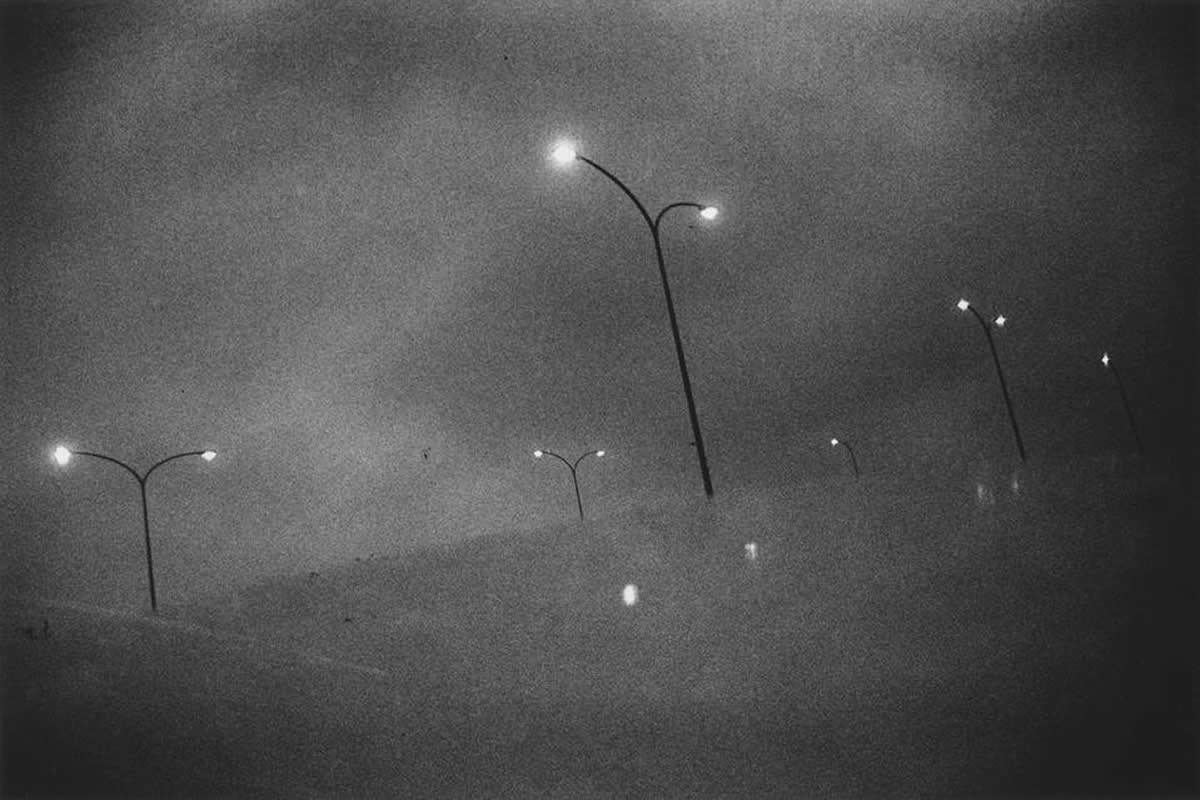
Photo by: Daido Moriyama
Unlike purely artistic or commercial photography, documentary photography seeks to tell truthful stories through unembellished imagery, often addressing complex societal issues or preserving cultural memory. Japanese photographers have excelled in this genre, bringing empathy, nuance, and sometimes a raw, gritty realism to their work. Their photographs serve as powerful historical documents and timeless narratives, bridging personal experience with universal themes of human connection, resilience, and change.
In this article, we highlight ten influential Japanese documentary photographers whose work has left an indelible mark on the field. Each artist offers a distinctive perspective, style, and subject matter that contributes to a deeper understanding of Japan’s social fabric and the art of visual storytelling.
#1. Daido Moriyama
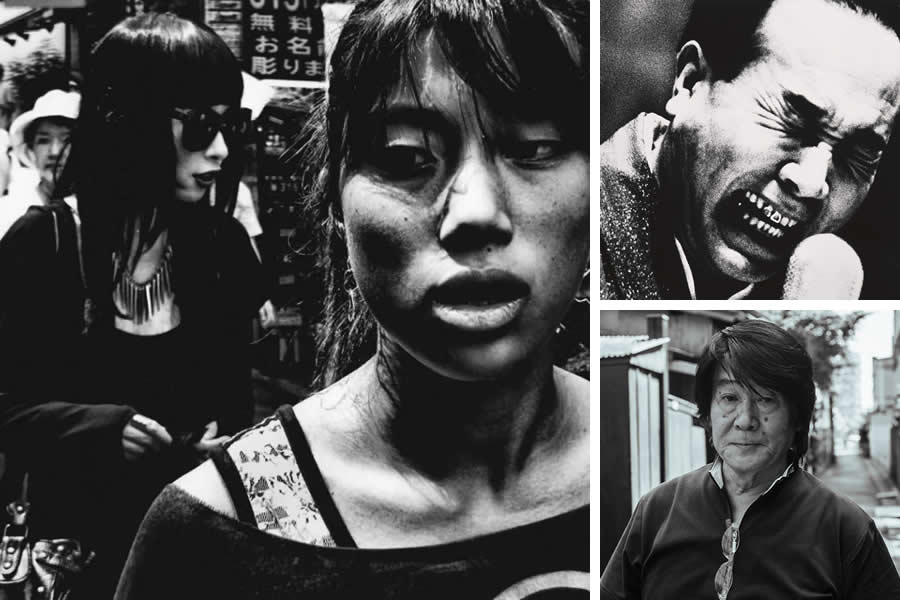
Daido Moriyama is one of Japan’s most influential and internationally recognized documentary photographers. Known for his grainy, high-contrast black-and-white images, Moriyama captures the raw, fragmented energy of post-war urban life in Tokyo. His work reflects the tension between rapid modernization and the lingering traces of tradition, often portraying the city as a chaotic, sometimes alienating space.
Moriyama’s style is spontaneous and often experimental, emphasizing motion blur and off-center compositions to convey fleeting moments and emotional intensity. His photographs reject polished beauty in favor of gritty realism, offering viewers an unvarnished look at street life, subcultures, and the everyday struggles of ordinary people. Moriyama’s impact on contemporary photography extends beyond Japan, influencing generations of photographers worldwide who seek to capture the imperfect, transient nature of urban existence.
#2. Shomei Tomatsu
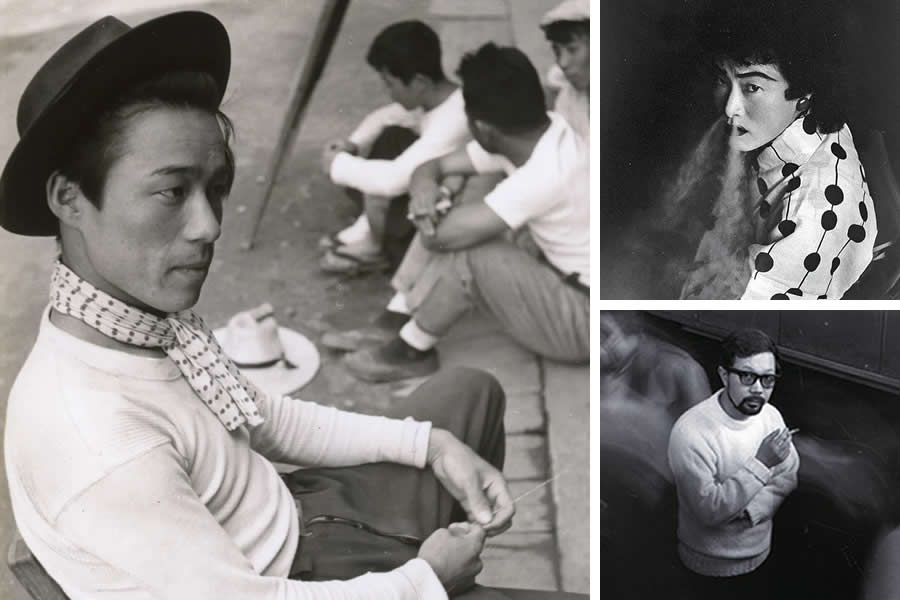
Shomei Tomatsu is renowned for his poignant documentation of post-war Japan and its lingering scars. His photographs from Nagasaki, taken years after the atomic bombing, confront viewers with haunting images of destruction, resilience, and cultural identity. Tomatsu’s work goes beyond mere historical record; it delves into the emotional and psychological aftermath experienced by survivors and the broader Japanese society. He masterfully blends portraiture, landscapes, and symbolic imagery to communicate a narrative of trauma and recovery. Beyond Hiroshima and Nagasaki, Tomatsu’s work explores themes of American influence, modernization, and social change.
His approach is often intimate, capturing moments of quiet reflection and the subtle tensions of a nation grappling with its past while looking toward the future. Tomatsu’s photographs remain essential for understanding Japan’s complex history and the power of documentary photography as a tool for memory and healing.
#3. Miyako Ishiuchi
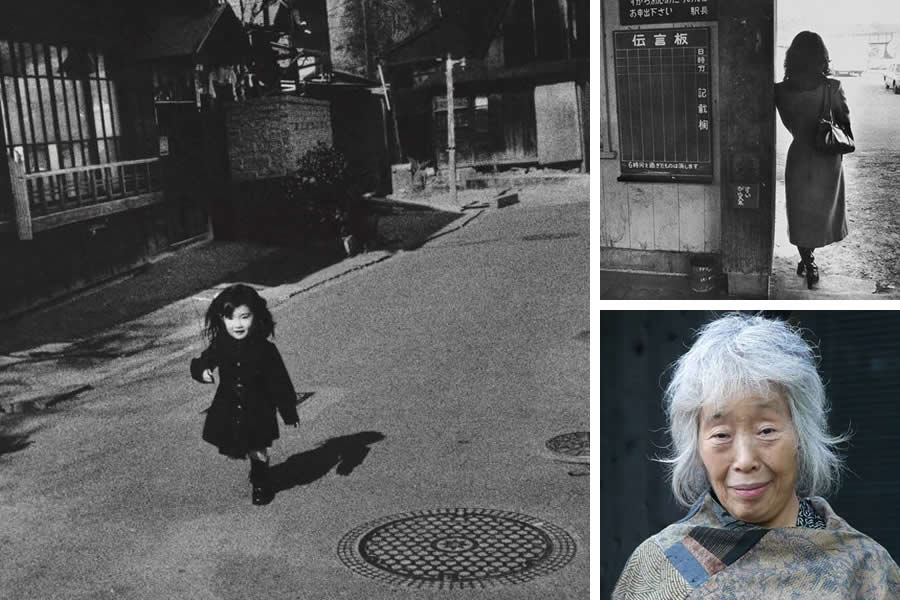
Miyako Ishiuchi’s documentary photography explores themes of memory, time, and aging with a deeply personal and poetic approach. Her work often focuses on intimate portraits of elderly individuals and objects that carry historical and emotional weight, such as clothing, personal belongings, and scars. Ishiuchi’s photographs challenge traditional documentary norms by merging elements of fine art and narrative storytelling, creating images that are both visually striking and emotionally resonant.
One of her most acclaimed series features close-up photographs of the bodies of elderly women, exploring the passage of time and the imprint of life’s experiences on the human body. Through her work, Ishiuchi invites viewers to contemplate impermanence, identity, and the often-overlooked beauty in aging. Her unique perspective enriches the documentary tradition by blending vulnerability with dignity and offering a nuanced meditation on human fragility.
#4. Takashi Homma
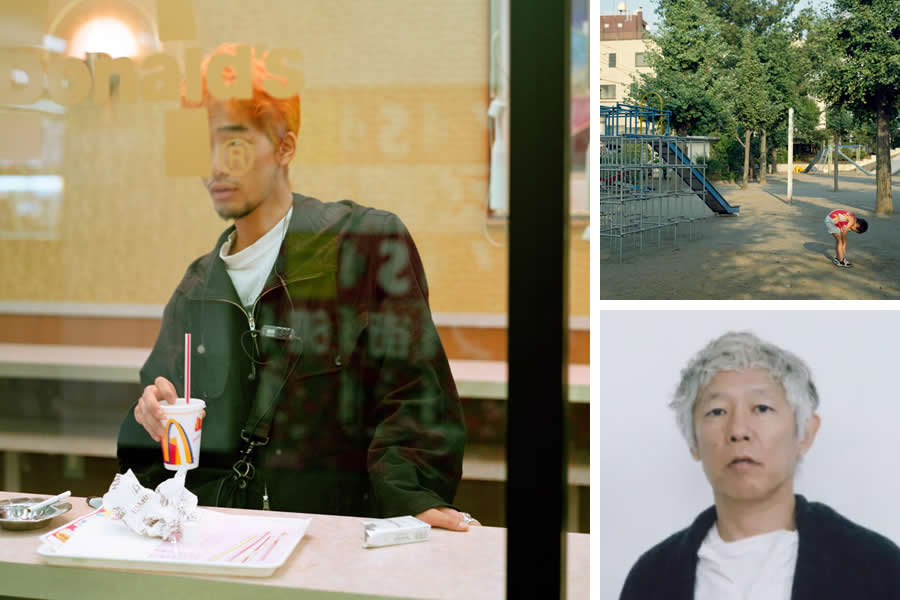
Takashi Homma’s documentary photography offers a contemporary look at urban and suburban life in Japan. His images capture quiet, often overlooked moments that reveal the subtle relationships between people and their environments. Homma’s work spans from vast cityscapes to intimate street scenes, focusing on the everyday rather than the extraordinary. His calm, understated style emphasizes simplicity and light, often employing a muted color palette that evokes a sense of stillness and contemplation.
Through his photographs, Homma explores themes of modernity, isolation, and the changing urban landscape, presenting a Japan that balances between rapid growth and lingering tradition. His ability to find beauty in the mundane challenges viewers to reconsider their perceptions of space and community. Homma’s work bridges documentary photography with art, offering insightful commentary on contemporary Japanese life.
#5. Koji Onaka
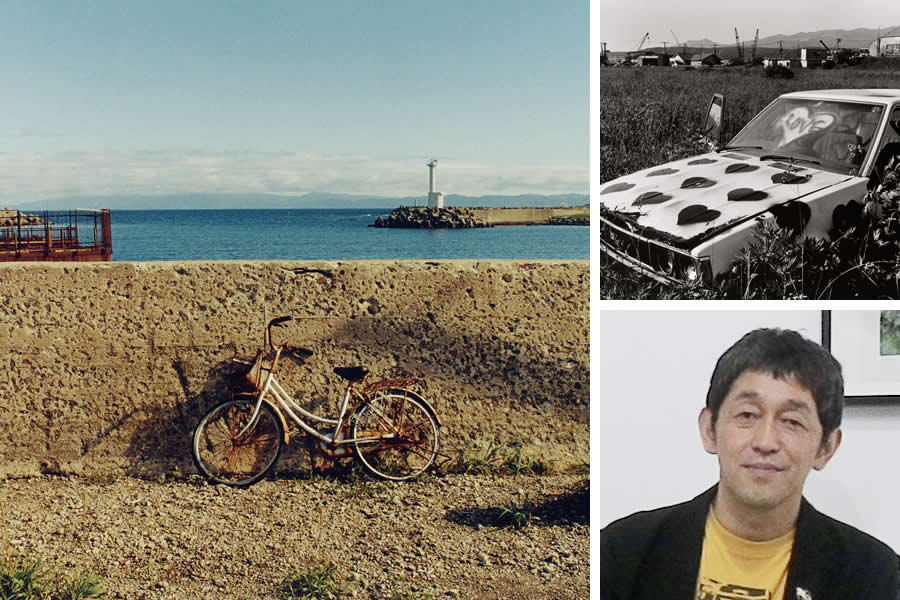
Koji Onaka is a powerful voice in Japanese documentary photography, known for his empathetic portrayal of marginalized communities. His work often focuses on the lives of the homeless, day laborers, and others living on society’s fringes, shining a light on those who are frequently ignored or invisible. Onaka’s photographs combine stark realism with deep compassion, capturing the dignity and humanity of his subjects despite their difficult circumstances.
His commitment to social justice and raising awareness through visual storytelling distinguishes his work within the documentary genre. By presenting these hidden realities with honesty and respect, Onaka challenges viewers to confront uncomfortable social issues and reconsider notions of community and belonging. His images serve as both documentation and advocacy, embodying the potential of documentary photography to inspire empathy and change.
#6. Rinko Kawauchi
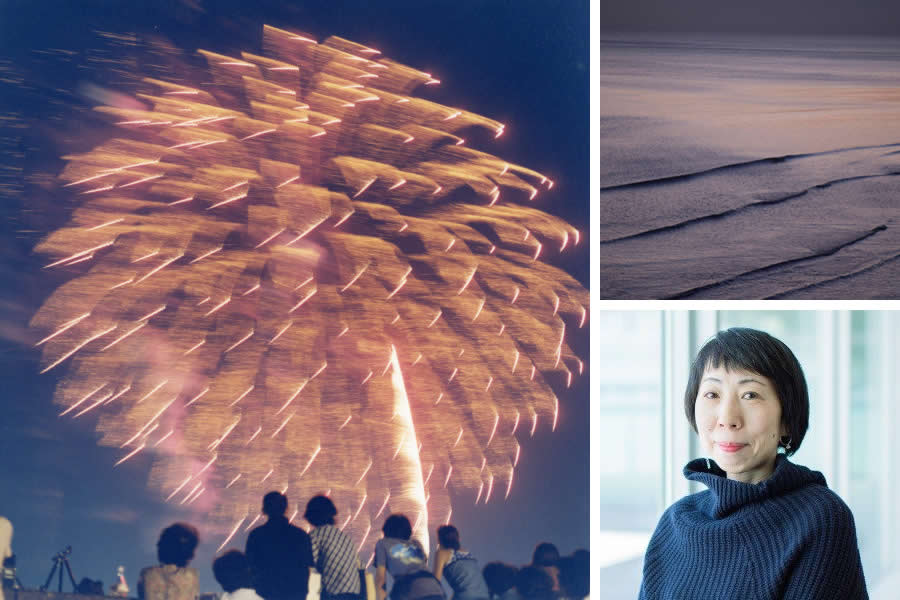
Rinko Kawauchi is celebrated for her poetic and luminous approach to documentary photography. Her images focus on the quiet, often unnoticed moments of everyday life — from dew on a leaf to a child’s carefree laughter. Unlike traditional documentary photography’s emphasis on social issues or dramatic events, Kawauchi’s work highlights the beauty and spirituality embedded in ordinary experiences. Her soft color palette and delicate compositions create a sense of calm and wonder, inviting viewers to slow down and appreciate life’s small miracles.
Kawauchi’s photography blurs the line between documentary and fine art, offering meditative visual narratives that emphasize connection, hope, and renewal. Her work has influenced a new generation of photographers who seek to find poetry in the everyday and to evoke emotion through subtlety rather than spectacle.
#7. Yosuke Yamahata
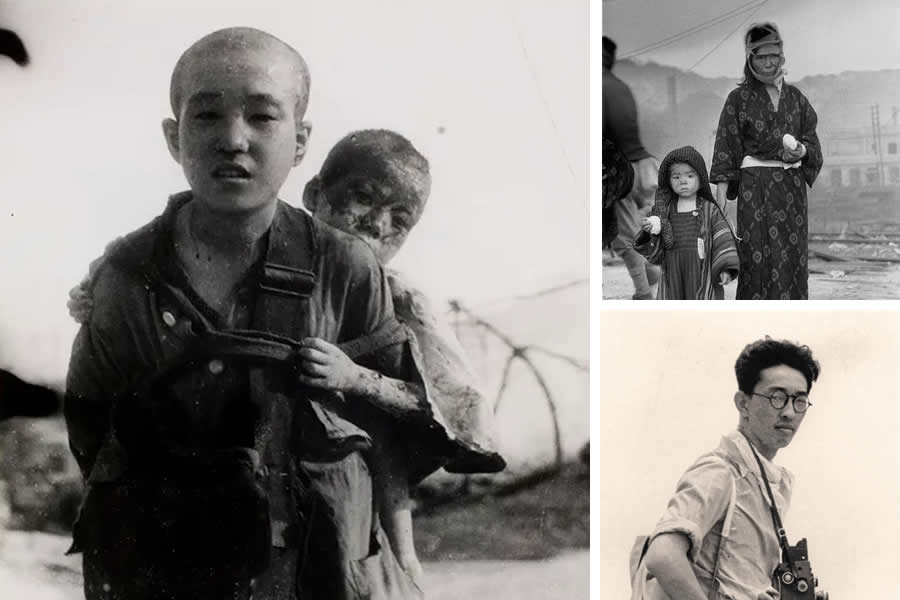
Yosuke Yamahata is a historically significant Japanese documentary photographer, best known for his haunting images of Hiroshima taken shortly after the atomic bombing in 1945. Commissioned by the Japanese government, Yamahata’s photographs provide a stark, unflinching visual record of the devastation and human suffering caused by the bomb. His work captures destroyed buildings, wounded survivors, and the overwhelming scale of destruction, offering a powerful testimony to one of the darkest moments in human history.
Beyond documentation, Yamahata’s images serve as a somber reminder of war’s horrors and the urgent need for peace. His photographs have become iconic symbols in the global dialogue on nuclear weapons and memory. Yamahata’s contribution underscores the crucial role documentary photography plays in bearing witness and preserving collective history.
#8. Masatoshi Naito
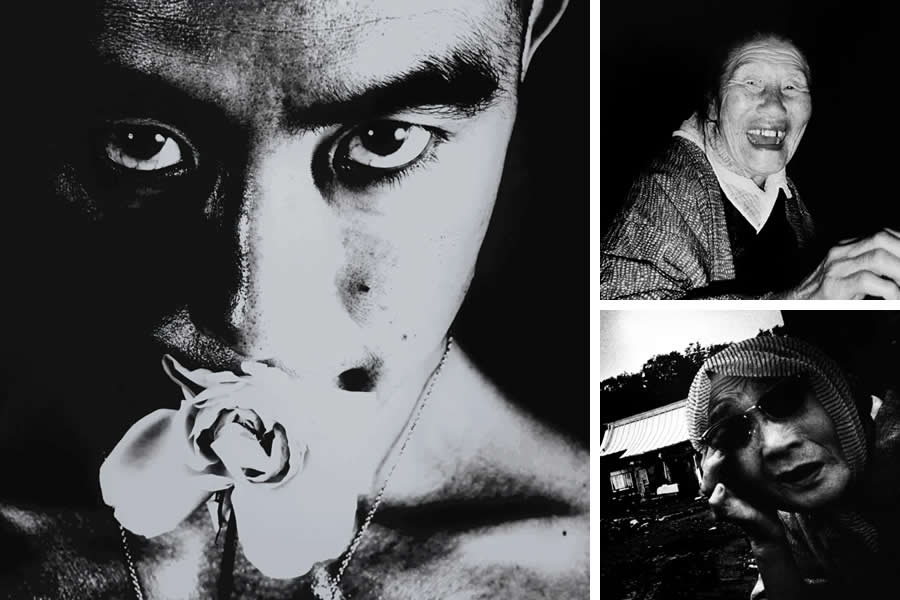
Masatoshi Naito’s documentary photography delves into youth culture and urban street life in contemporary Tokyo. His work offers an empathetic look at the diverse subcultures, fashions, and social scenes that thrive within the metropolis. Naito’s style is observational yet intimate, capturing candid moments that reveal individuality and communal identity. His photographs reflect the tension between tradition and modernity, highlighting how young people negotiate their place within Japan’s fast-evolving society.
Through vibrant street portraits and dynamic urban scenes, Naito explores themes of belonging, rebellion, and expression. His work is notable for its ability to convey both energy and vulnerability, challenging stereotypes about youth while celebrating their creativity. Naito’s photography contributes a fresh, youthful perspective to Japan’s documentary tradition.
#9. Koichi Watanabe
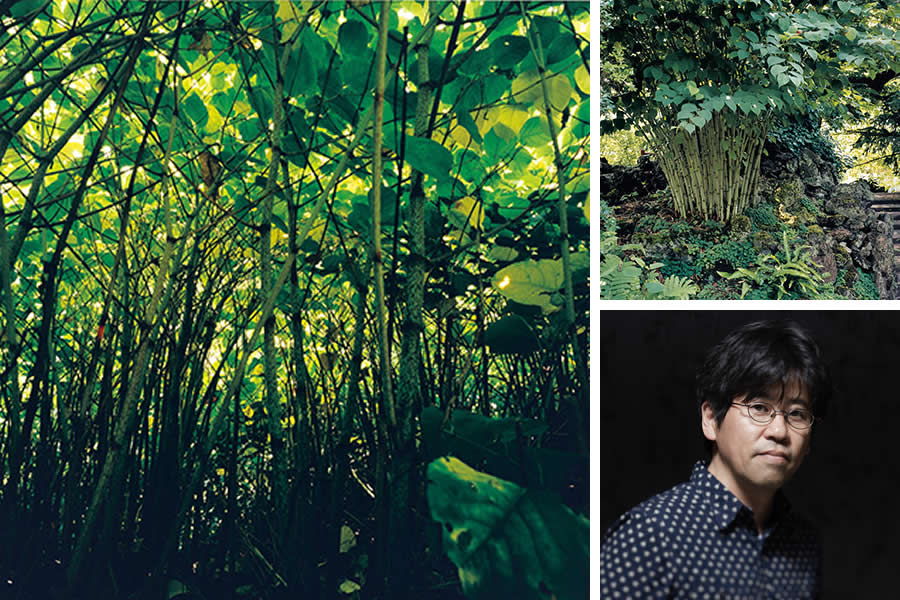
Koichi Watanabe is known for his respectful and evocative documentation of Japan’s spiritual and ritualistic traditions. His photography focuses on festivals, religious ceremonies, and cultural practices that reflect the country’s deep-rooted beliefs and community values. Watanabe’s images capture the pageantry, devotion, and symbolism inherent in these events, offering viewers a window into Japan’s intangible cultural heritage.
His careful composition and use of light emphasize the solemnity and vibrancy of ritual, portraying participants with dignity and reverence. By documenting these traditions, Watanabe helps preserve cultural memory and promotes understanding of practices that might otherwise fade in a rapidly modernizing society. His work balances documentary precision with artistic sensitivity, making him a significant figure in the visual chronicling of Japan’s cultural identity.
#10. Eikoh Hosoe
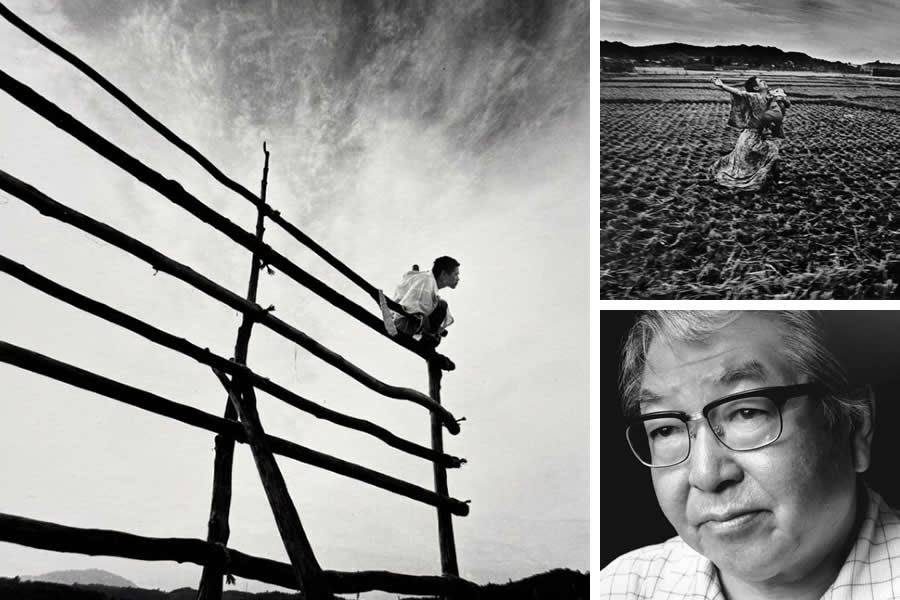
Eikoh Hosoe is a seminal figure in Japanese documentary photography, known for blending surrealism with documentary realism. His photographs often explore themes of identity, the body, and existentialism, pushing the boundaries of traditional documentary styles. Hosoe’s work is highly expressive, frequently incorporating experimental techniques and staging to create powerful, evocative images. One of his most famous series, “Man and Woman,” features dramatic, symbolic portraits that challenge perceptions of gender and human connection.
Hosoe’s photography transcends straightforward documentation, engaging with psychological and philosophical questions through visual storytelling. His influence extends beyond Japan, impacting contemporary art photography worldwide. By merging documentary intent with avant-garde expression, Hosoe expanded the possibilities of the genre and inspired photographers to explore deeper layers of meaning in their work.
Conclusion
The rich legacy of Japanese documentary photography is a testament to the country’s complex social fabric, evolving identity, and deep cultural roots. The ten photographers highlighted here represent a diverse array of voices and perspectives, each contributing uniquely to the understanding of Japan’s people, history, and everyday realities. From Daido Moriyama’s raw urban energy to Miyako Ishiuchi’s intimate meditations on aging, and from Yosuke Yamahata’s harrowing war documentation to Rinko Kawauchi’s poetic everyday moments, these artists demonstrate the remarkable range and power of documentary photography.
Their work serves not only as visual records but also as profound narratives that challenge, inspire, and evoke empathy. Through their lenses, we gain insight into marginalized communities, cultural rituals, social transformation, and the universal human experience. Moreover, their photographs underscore the essential role of documentary photography in bridging art.

